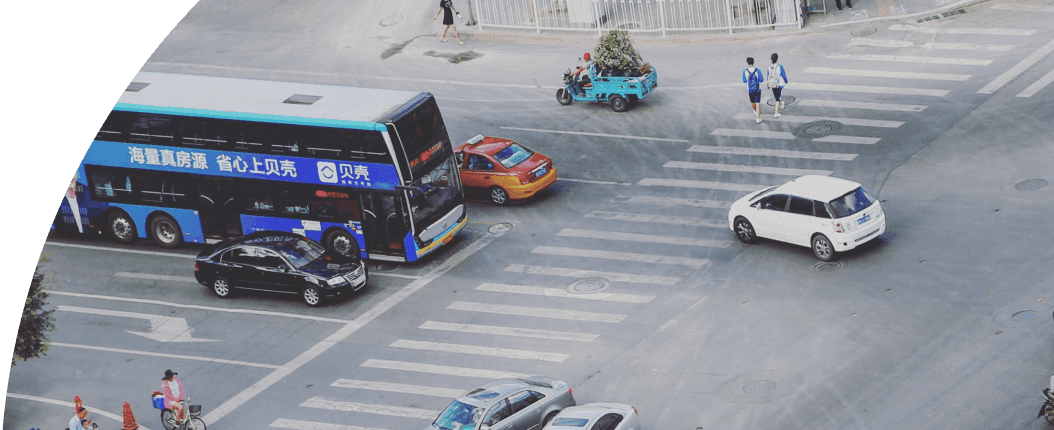
What is smart growth?
Smart growth is an approach to community design that connects housing, transportation, and land use to create healthy, prosperous, and resilient neighborhoods.

About us
Smart Growth America cultivates vibrant, sustainable communities with diverse living and transportation options, enhancing quality of life for all.

Our work
Smart Growth America cultivates vibrant, sustainable communities with diverse living and transportation options, enhancing quality of life for all.
Explore Our Signature Reports

Impact
Smart Growth America cultivates vibrant, sustainable communities with diverse living and transportation options, enhancing quality of life for all.

Events
Throughout the year, we host a number of in-person and virtual events covering topics related to public health, social equity, and climate resilience.

Knowledge hub
We offer a library of case studies, videos, and reports to support policymakers, practitioners, and advocates interested in advancing smart growth.
Explore our signature reports


News
By Steve Davis, August 23, 2007
It’s easy to figure out that driving less means more time to do other things. But can it also result in money in the bank? According to economist Joe Cortright, cities and their residents might be reaping financial dividends by investing in transit and walkability, and mixing uses so that jobs and housing are close to one another.
The study finds that $2.6 billion a year, or about 3 percent of Portland’s annual economic output, is saved by residents driving 20 percent less than other American urban residents. Fewer miles traveled means less time driving, less money spent on gas— and more time and more money to spend elsewhere. It’s not just about Portland’s transit or bike culture, it’s about developing in such a way that car trips, if necessary at all, are shorter than elsewhere.
“This isn’t all about transit,” Cortright told The Oregonian. “Most people are still commuting by automobile, and shorter commutes are better than longer commutes, and that’s a principal factor here.”
The bottom line? “Though transit, bicycling and walking are relatively minor contributors to Portland’s savings, the study implies that development patterns that shorten commutes and facilitate walking, bicycling and using transit can have a positive economic impact.”
Read the study on CEO’s for Cities, and the article in The Oregonian.
Related News
Upcoming public events: Join us!


Subscribe to our newsletter
© 2025 Smart Growth America. All rights reserved
Site By3Lane Marketing
